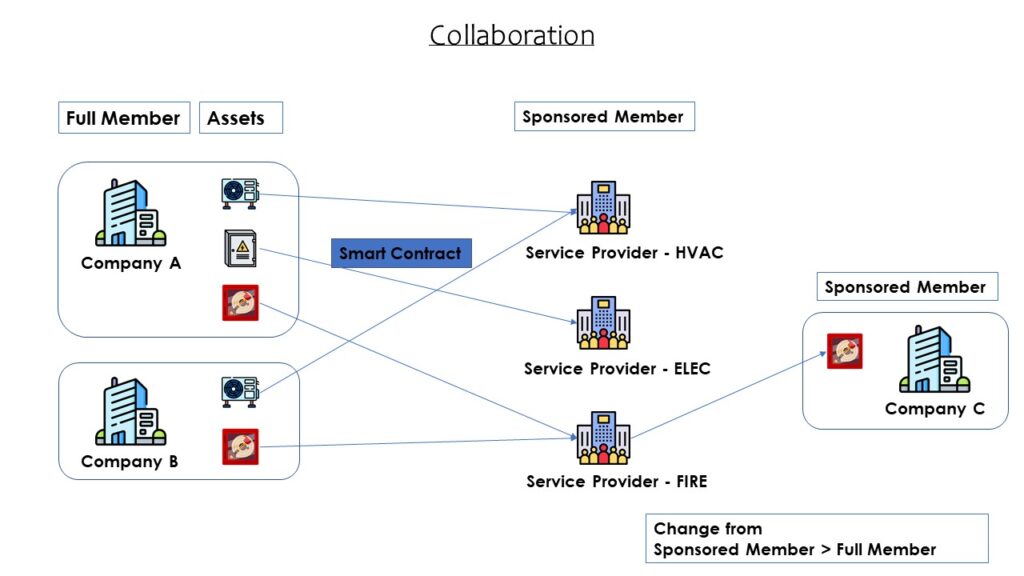Tip: Start typing in the input box for immediate search results.
COLLABORATION legally enforced
Collaboration Legally Enforced in the BRUCE Platform refers to a structured and contractually binding framework that ensures all parties involved in a project or service within the platform adhere to clearly defined roles, responsibilities, and data handling procedures. This approach blends technology, process governance, and legal enforceability to guarantee accountability, compliance, and traceability.
Key Principles
-
Contractual Agreement for Every Collaboration
Each project or service under BRUCE involves a digital or physical contract, signed between the platform provider (AscHS or its subsidiaries) and the client. These contracts enforce:-
Service levels
-
User responsibilities
-
Security protocols
-
Data sharing boundaries
-
-
Embedded Governance Framework
Legal rules are not only documented but also integrated into the platform logic through:-
Role-based access controls
-
Workflow validations
-
Change request tracking
-
Mandatory digital signatures
-
-
Traceability and Auditability
Every collaboration action (e.g., edits, comments, approvals) is:-
Logged
-
Timestamped
-
Linked to user identity
-
Stored in compliance with ISO 27001 and GDPR standards
-
-
Policy-Driven User Behavior
Users must accept collaboration policies when joining or participating in any project. These are:-
Customizable per client or project
-
Automatically enforced via platform UI/UX
-
Legally binding (backed by Terms of Use or Master Agreements)
-
-
Dispute Resolution Mechanism
In case of disagreement:-
Logs and contracts serve as the legal baseline
-
BRUCE’s Service Management layer provides mediation
-
External arbitration clauses may be pre-defined
-
How It Works in Practice
-
A data element owner sets up collaboration (linked BRUCE Partners) by enabling BRUCE Smart-Contract in BRUCE.
-
All participants receive an invitation, along with:
-
Legal terms for collaboration
-
Role descriptions
-
Required compliance steps (e.g., NDA or training)
-
-
Only after accepting these terms can they access or contribute.
-
All actions are governed by platform rules backed by legal contracts.
Benefits
-
Reduces risk of unauthorized actions or data leaks.
-
Ensures contractual obligations are technically enforced.
-
Enables external audits and compliance certification.
-
Builds trust with clients, regulators, and partners.
Collaboration Example

